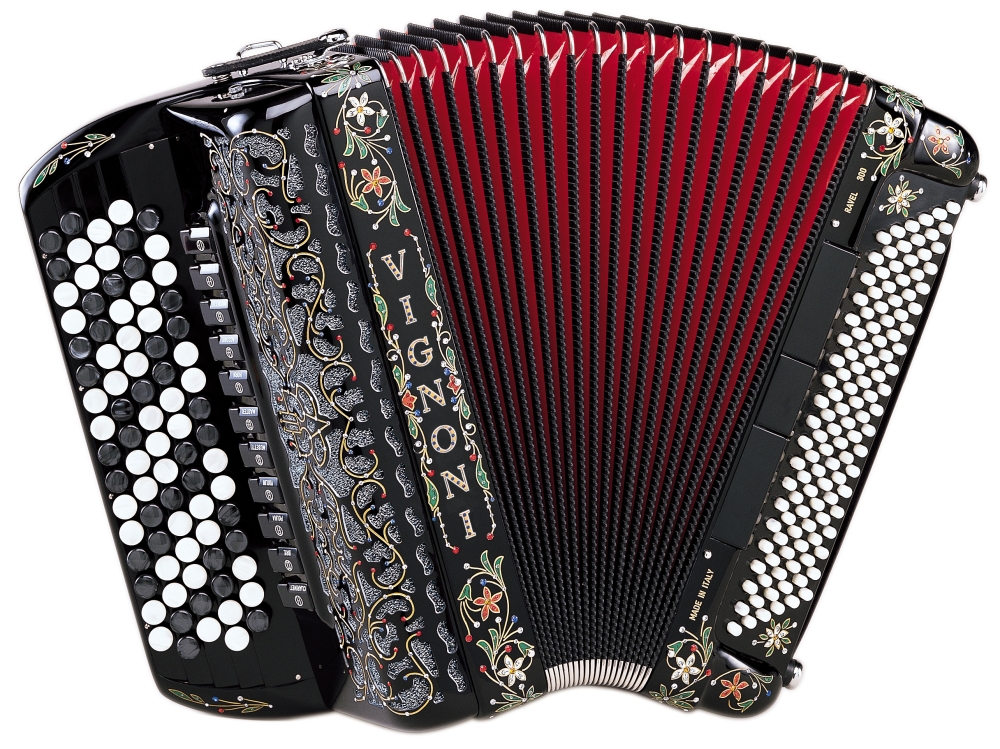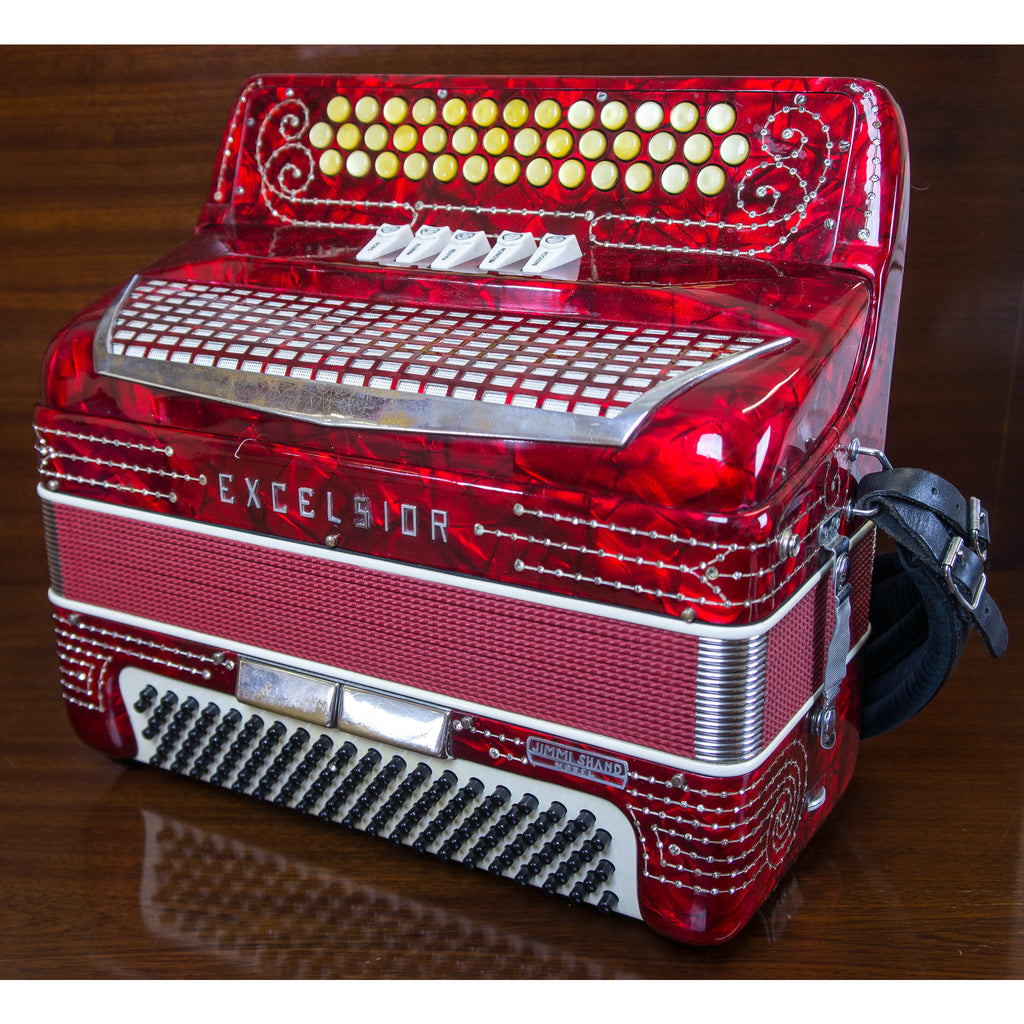
- #Chromatic accordion how to#
- #Chromatic accordion code#
- #Chromatic accordion Offline#
- #Chromatic accordion download#
Here is the music, as usual 5=little finger, 4=ring, 3=middle and 2=index and notes with a line under them are to be played on the counterbass row.Īs usual you can start where you like since Stradella Basses are transposing – I have chosen to start on C. yes I know that makes 13 but the last tone is the same note as the first. I play the 12 tones in 2 groups of 5 and then a group of 3. Left Hand Fingering for Chromatic Scale on Accordion However, although playing a chromatic scale of a whole octave on Stradella Basses can be achieved in a number of different ways, I’ll concentrate on one method here….with 2 big stretches.

Learning the first 5 notes of the chromatic scale is very useful and not too challenging! Chromatic bass-lines are often slow and don’t generally exceed 4 or 5 notes so the big stretches can usually be avoided. Can I Avoid Big Stretches?įortunately when playing real bass-lines you can avoid big stretches most of the time. I also have posts for Accordion left hand Major Scales, Harmonic Minor Scales and Melodic Minor Scales.
#Chromatic accordion how to#
Here we will be looking at how to play a chromatic scale on an accordion with Stradella Basses using the left hand. There is a general article on chromatic scales on Wikipedia. A knowledge of chromatic scales is useful because many musical pieces have chromatic sections in their bass-lines.
#Chromatic accordion code#
The original BeepBox source code by John Nesky can be found here.The chromatic scale is the one that uses every available note – all 12 tones.
#Chromatic accordion download#
You can download and use the source code under the MIT license.
#Chromatic accordion Offline#
You can download an offline version of JummBox to use when you don't have access to the internet. JummBox does not collect, track, or share any user data. All song data is contained in the URL after the hash (#) mark, and JummBox running inside your browser converts that data into sound waves. No songs are ever received, recorded, or distributed by JummBox's servers. Neither Jummbus nor Jummbox assume responsibility for any copyrighted material played on JummBox. JummBox does not claim ownership over songs created with it, so original songs belong to their authors. You can find him sporadically at /jummbus.īeepBox was originally developed by John Nesky, also known as next oldest version of JummBox is available here. If you find something you like, you should let the creator know!Īnd if you see any beginners asking for advice, maybe you can help them! You can also click on the label next to each option for a description of what it does.Ĭheck out some of these songs that other people have posted on Twitter! Try playing with the buttons and menus on the right side to find out what it can do! You can then press C/V to mass copy/paste parts of your song. You can perform fine volume adjustment if you hold Control while doing this!ĪDVANCED: Click and drag on the pattern grid to make a selection. You can also click above or below an existing note to add more notes to be played simultaneously, which is called a chord.ĪDVANCED: Drag vertically from an existing note to bend its pitch, or drag vertically from above or below the note to adjust its volume. In the note pattern editor, you can click and drag horizontally on a note to adjust its duration.

These are just a few shortcuts, check JummBox's edit menu for more!.Shift & Drag: select part of a pattern (long press on touch screen).F/H: move to First or Highlighted pattern.0-9: assign pattern number to selection.Shift Spacebar: play from mouse location.

When JummBox has focus (click on its interface above), you can use these keyboard shortcuts:


 0 kommentar(er)
0 kommentar(er)
